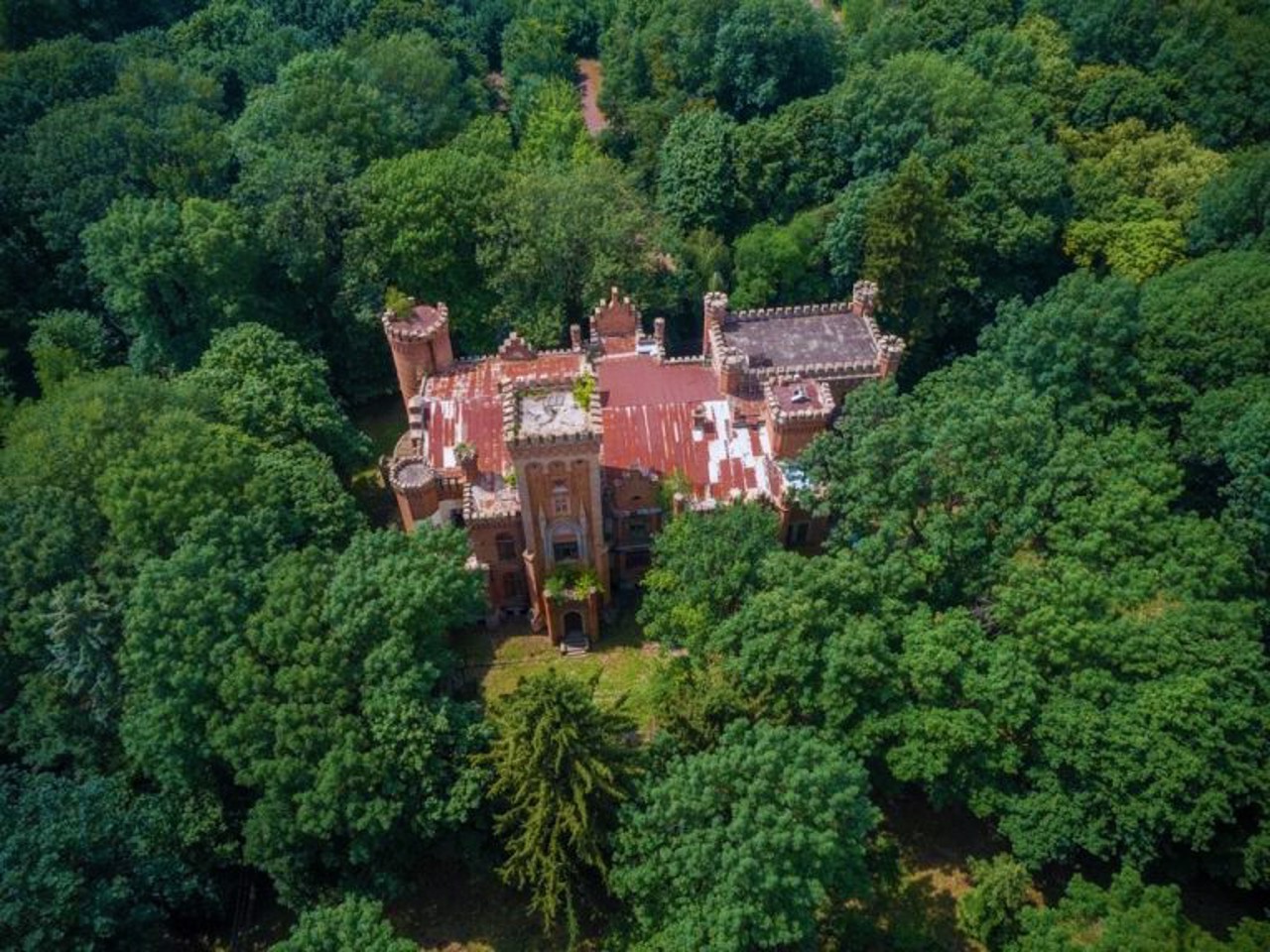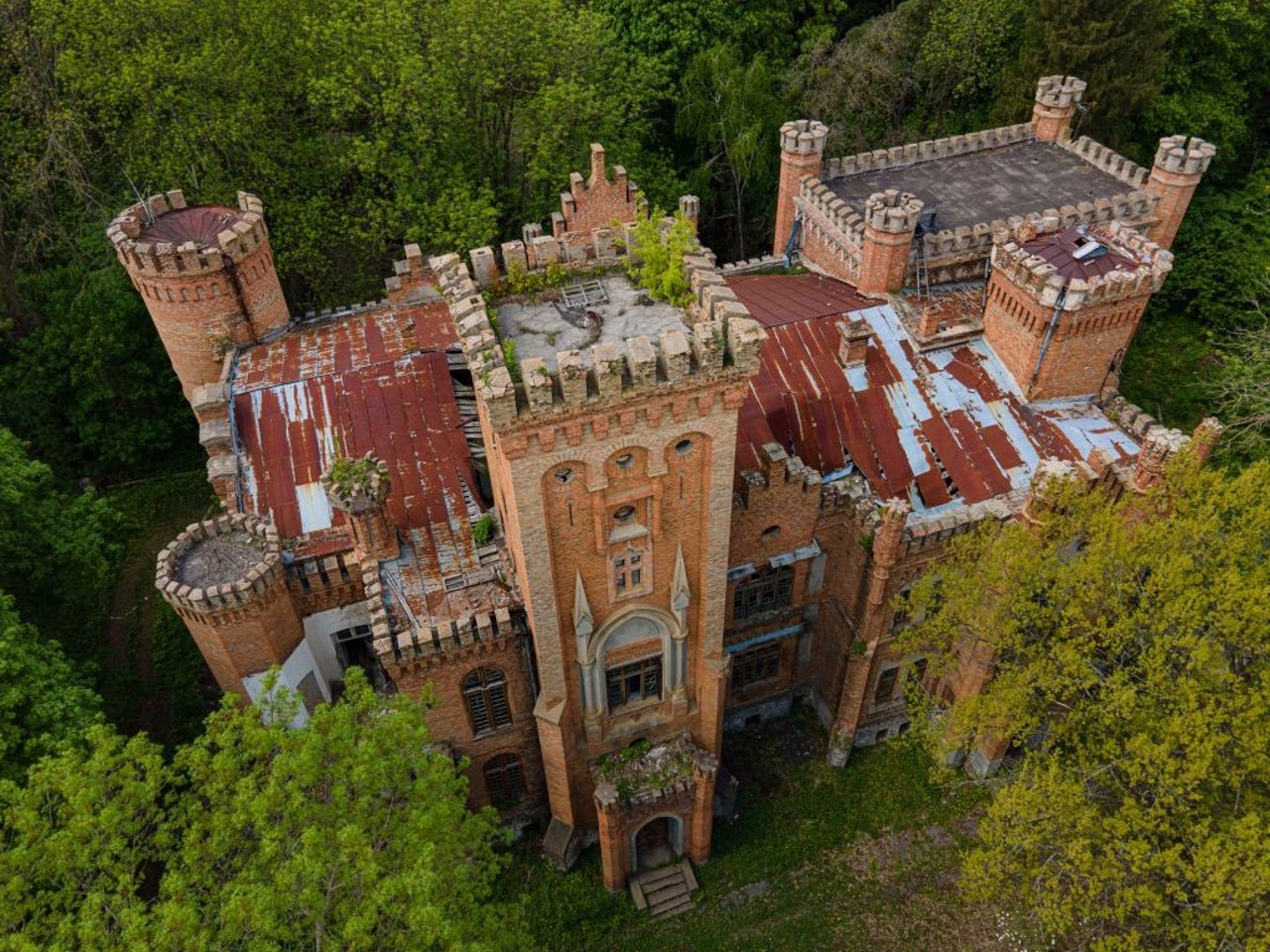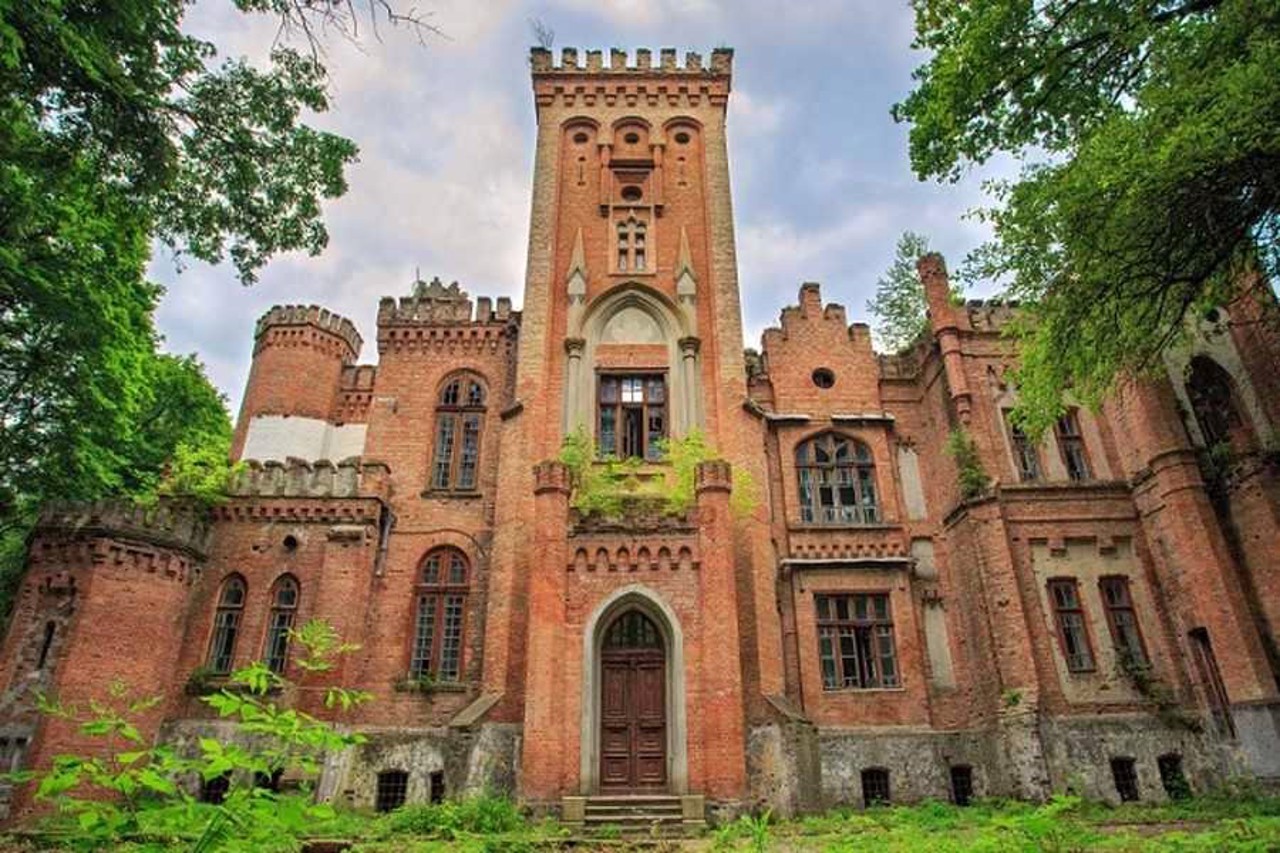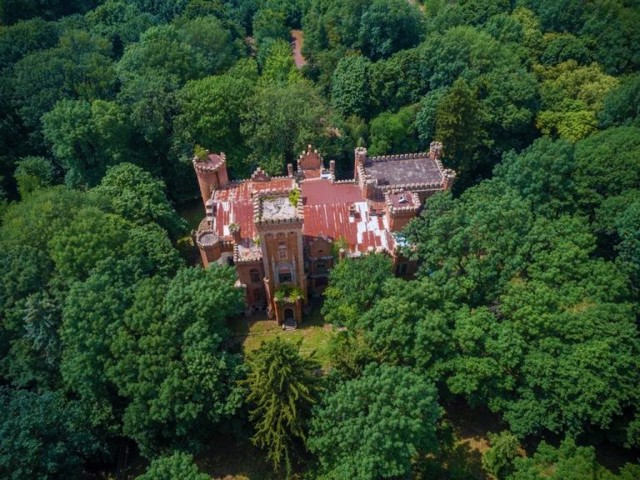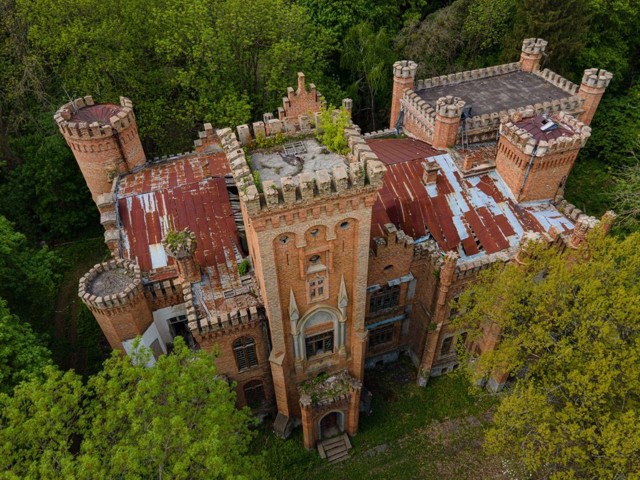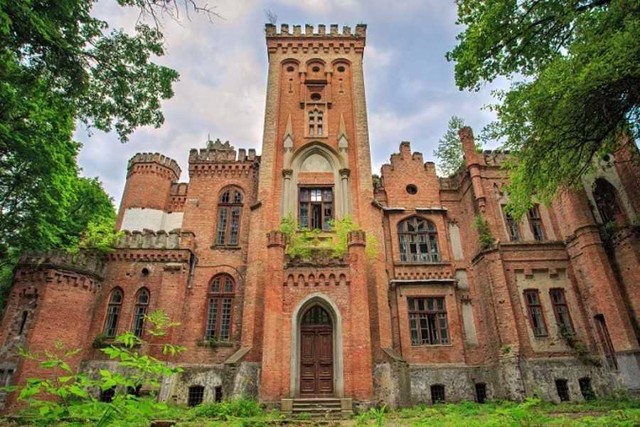Functional temporarily unavailable
General information about Leskove
The small village of Leskove is located on the Konela River, a few kilometers east of Monastyryshche, rarely seen on maps.
It probably arose during the time of Ruina, when these lands were under the rule of the Turks, and was named after the first settler named Lesko Fariba.
From the 18th century, it belonged to Hetman Tarnovskyi, then Lantskoronskyi, and after them - Dakhovskyi, who built the Trinity Church and founded the estate. At the beginning of the 20th century, Tadeush Dakhovskyi returned from Europe and launched large-scale construction in the village, turning the family estate into a magnificent architectural ensemble in the neo-Gothic style. He built a water mill, a school, and even opened a teahouse in the village.
The estate has been preserved to this day, ...
The small village of Leskove is located on the Konela River, a few kilometers east of Monastyryshche, rarely seen on maps.
It probably arose during the time of Ruina, when these lands were under the rule of the Turks, and was named after the first settler named Lesko Fariba.
From the 18th century, it belonged to Hetman Tarnovskyi, then Lantskoronskyi, and after them - Dakhovskyi, who built the Trinity Church and founded the estate. At the beginning of the 20th century, Tadeush Dakhovskyi returned from Europe and launched large-scale construction in the village, turning the family estate into a magnificent architectural ensemble in the neo-Gothic style. He built a water mill, a school, and even opened a teahouse in the village.
The estate has been preserved to this day, but access to the territory is difficult, since the building is on the balance sheet of the Ministry of Defense.
Маленьке село Леськове розташоване на річці Конела в декількох кілометрах на схід від Монастирища, рідко зустрічається на картах.
Ймовірно, виникло за часів Руїни, коли ці землі перебували під владою турків, і названо на честь першого поселенця на ім'я Лесько Фариба.
З XVIII століття належало гетьману Тарновському, потім Ланцкоронським, а після них - Даховським, які побудували Троїцьку церкву і заклали садибу. На початку XX століття повернувся з Європи Тадеуш Даховський і розгорнув в селі масштабне будівництво, перетворивши родовий маєток в чудовий архітектурний ансамбль в неоготичному стилі. Він же побудував водяний млин, школу, і навіть відкрив в селі чайну.
Садиба збереглася до наших днів, проте доступ на територію ускладнений, оскільки будівля знаходиться на ба ...
Маленьке село Леськове розташоване на річці Конела в декількох кілометрах на схід від Монастирища, рідко зустрічається на картах.
Ймовірно, виникло за часів Руїни, коли ці землі перебували під владою турків, і названо на честь першого поселенця на ім'я Лесько Фариба.
З XVIII століття належало гетьману Тарновському, потім Ланцкоронським, а після них - Даховським, які побудували Троїцьку церкву і заклали садибу. На початку XX століття повернувся з Європи Тадеуш Даховський і розгорнув в селі масштабне будівництво, перетворивши родовий маєток в чудовий архітектурний ансамбль в неоготичному стилі. Він же побудував водяний млин, школу, і навіть відкрив в селі чайну.
Садиба збереглася до наших днів, проте доступ на територію ускладнений, оскільки будівля знаходиться на балансі Міноборони.
Сплануй своє перебування у Leskove
What to see and where to go in Leskove
Tourist attractions and museums of Leskove
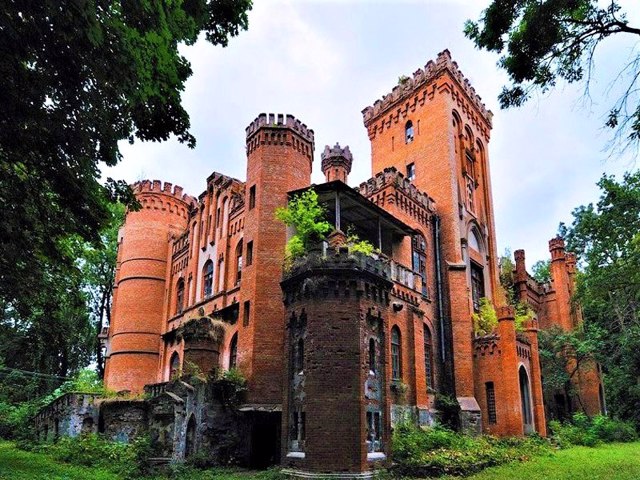
Dakhovsky Manor (Leskove Castle)
Palace / manor , Architecture
A wonderful neo-Gothic palace in the style of English medieval castles is located near a landscape park laid out in the 18th and 19th centuries in Leskove by the Dakhovsky landowners.
In 1912, Tadeush Dakhovsky, who returned from Europe, decided to transform the family estate into a type of English estate. The palace was rebuilt in its current form by the Polish architect Tsekhanovsky. The building impresses with its strictness and at the same time elegance of architecture. The central element of the composition is a square donjon tower among round and polygonal toothed towers. The interiors of their time were richly decorated with picturesque canvases and sculptures.
Nearby is a lake that separates the park with the "island of love".
After the Ukrainian revolution at the beginning of the 20th century, a sanatorium was located in the manor, then it was transferred to the military. Currently, the complex is owned by the Ministry of Defense of Ukraine, the territory is under protection, formally the access of tourists is prohibited, but exceptions are possible.
Leskove on photo and video
Reviews Leskove
Geographical information about Leskove
| {{itemKey}} | {{itemValue}} |
|---|---|
| Region |
Cherkasy |
